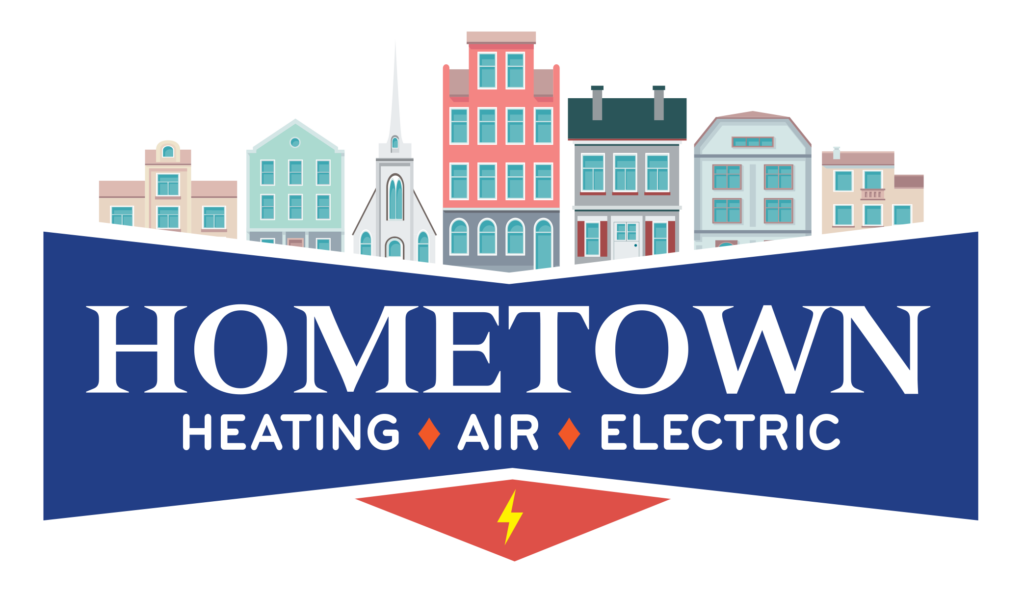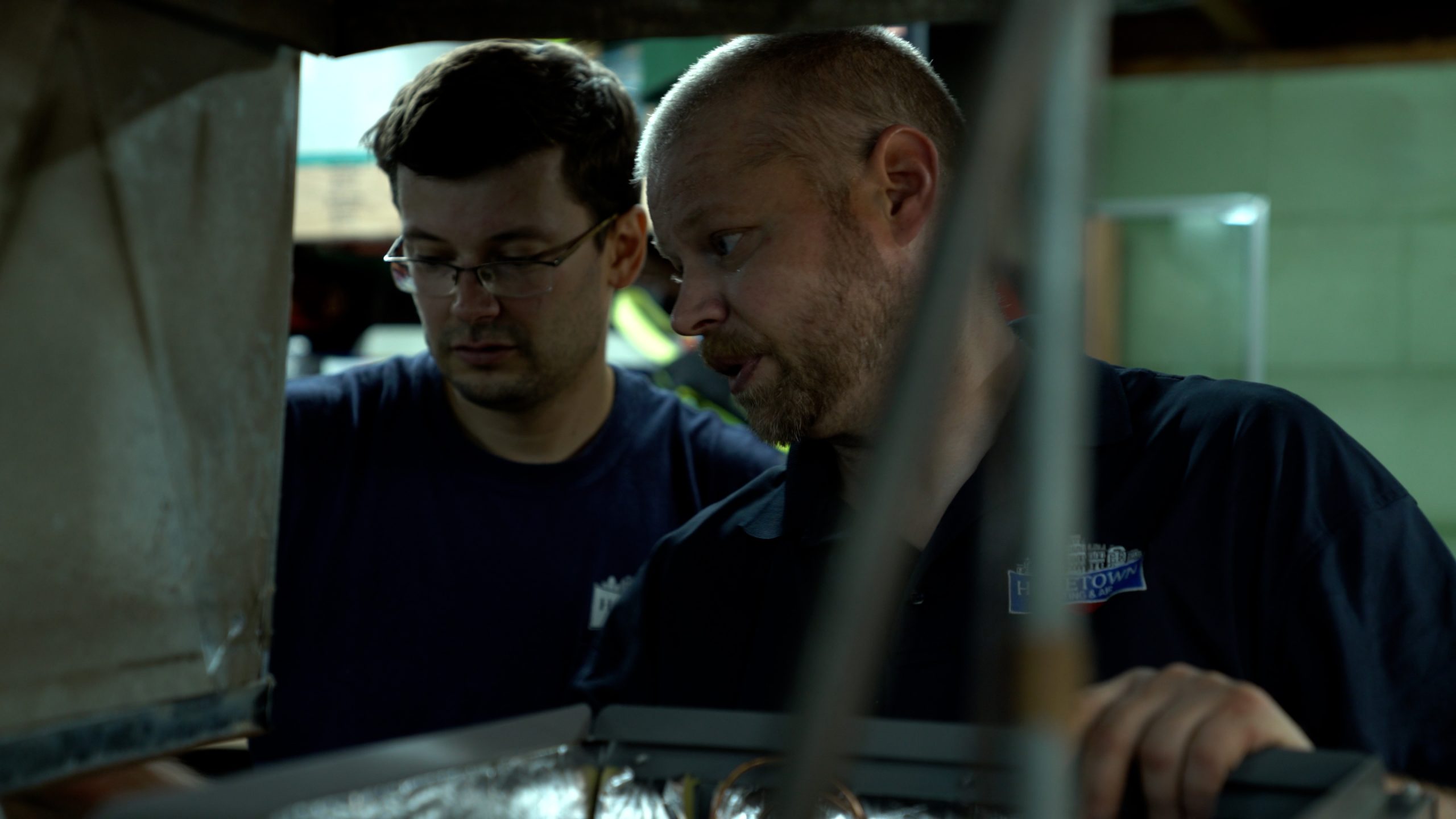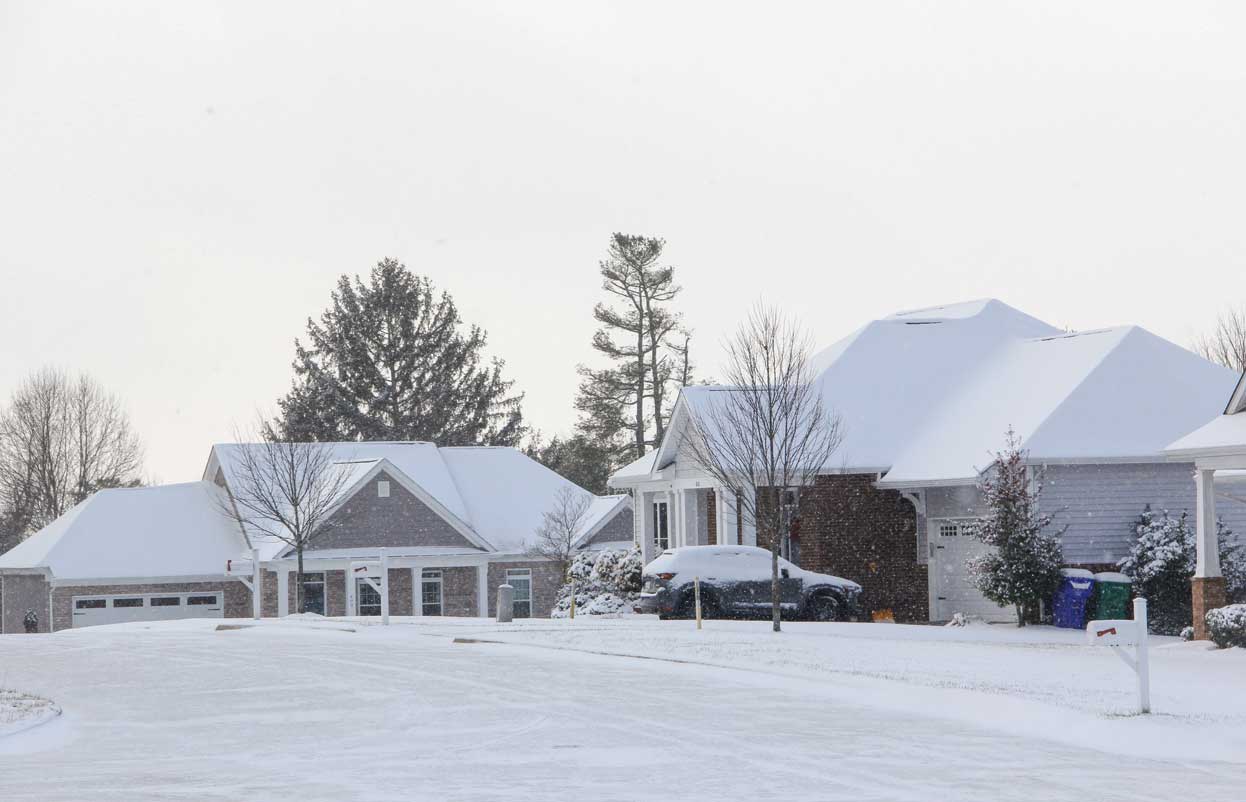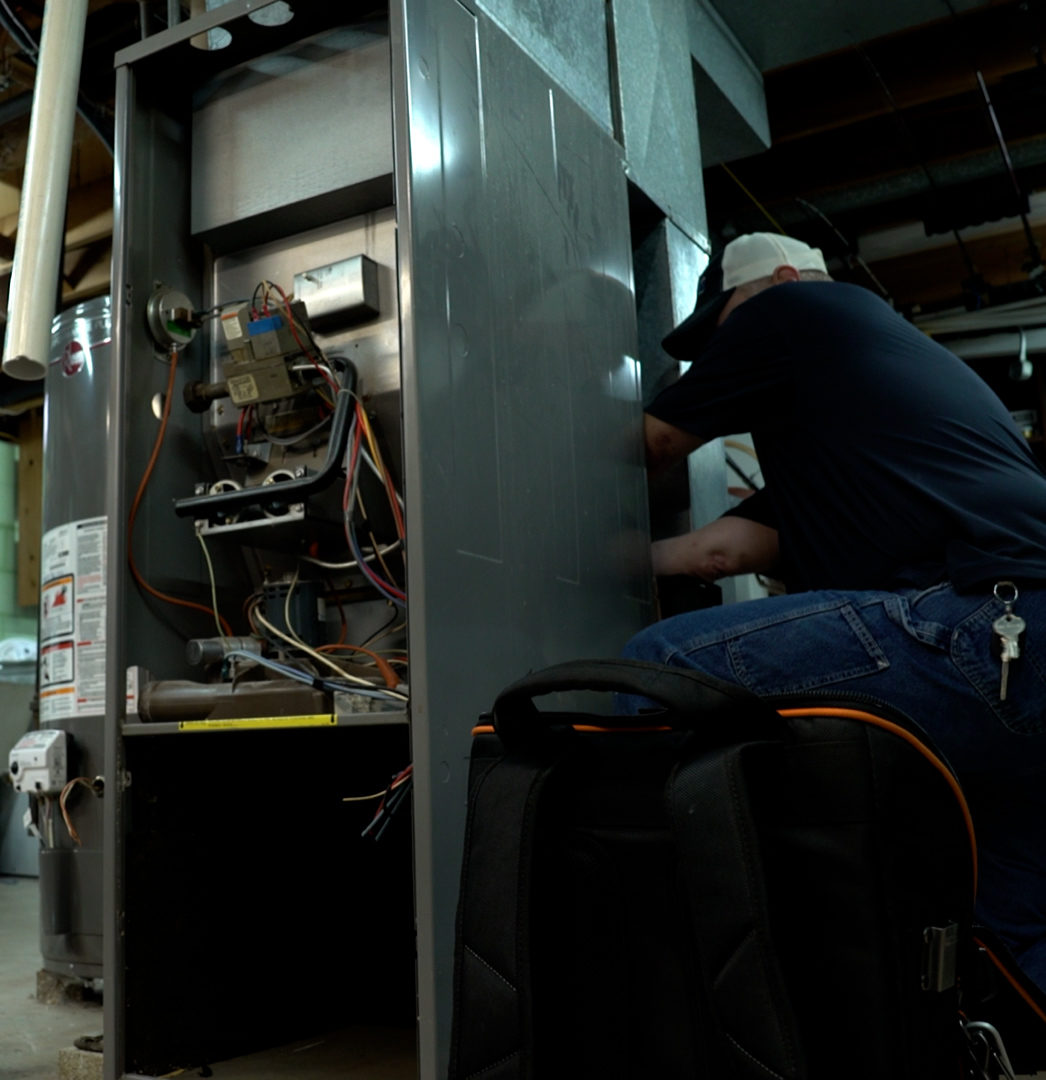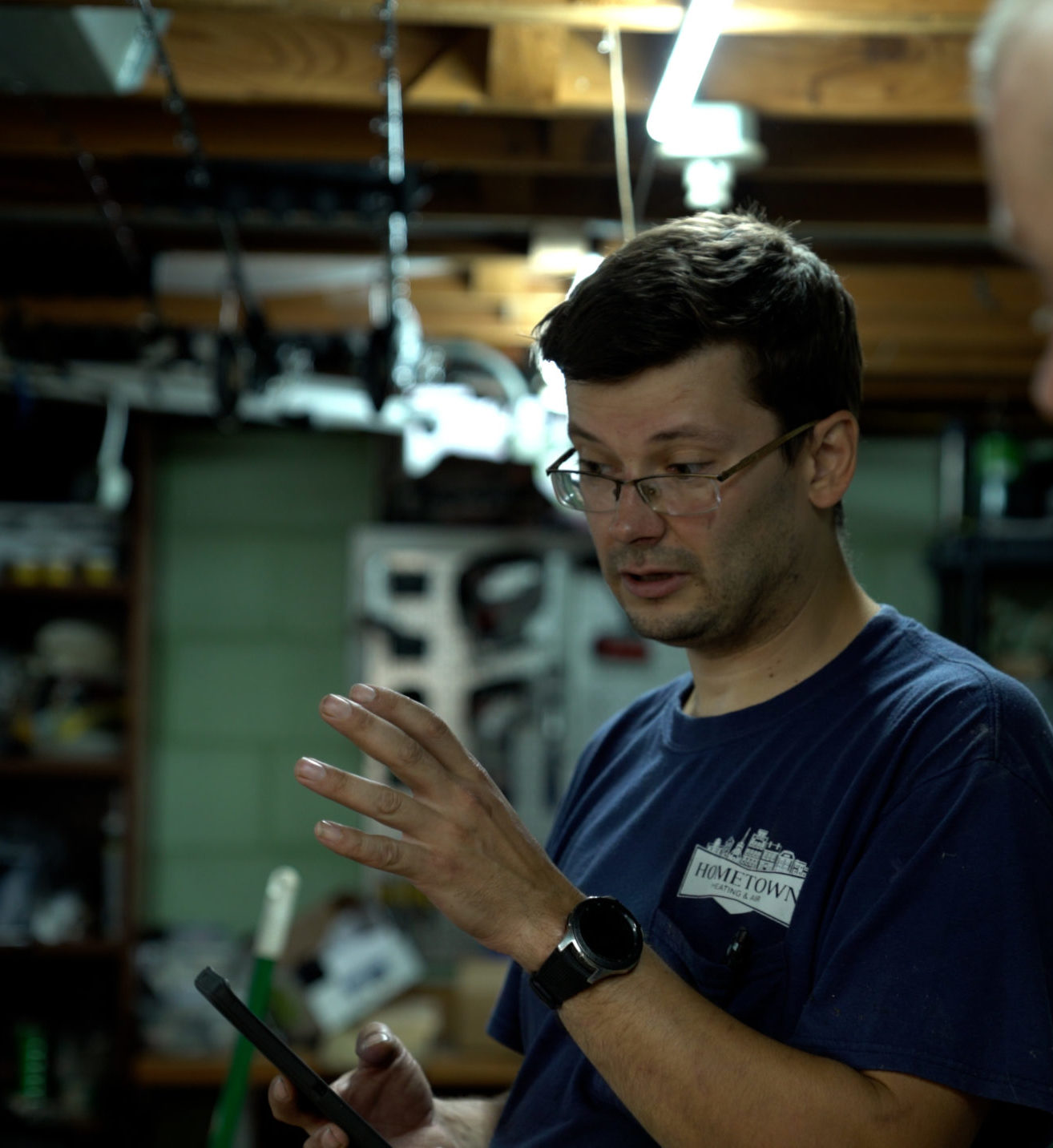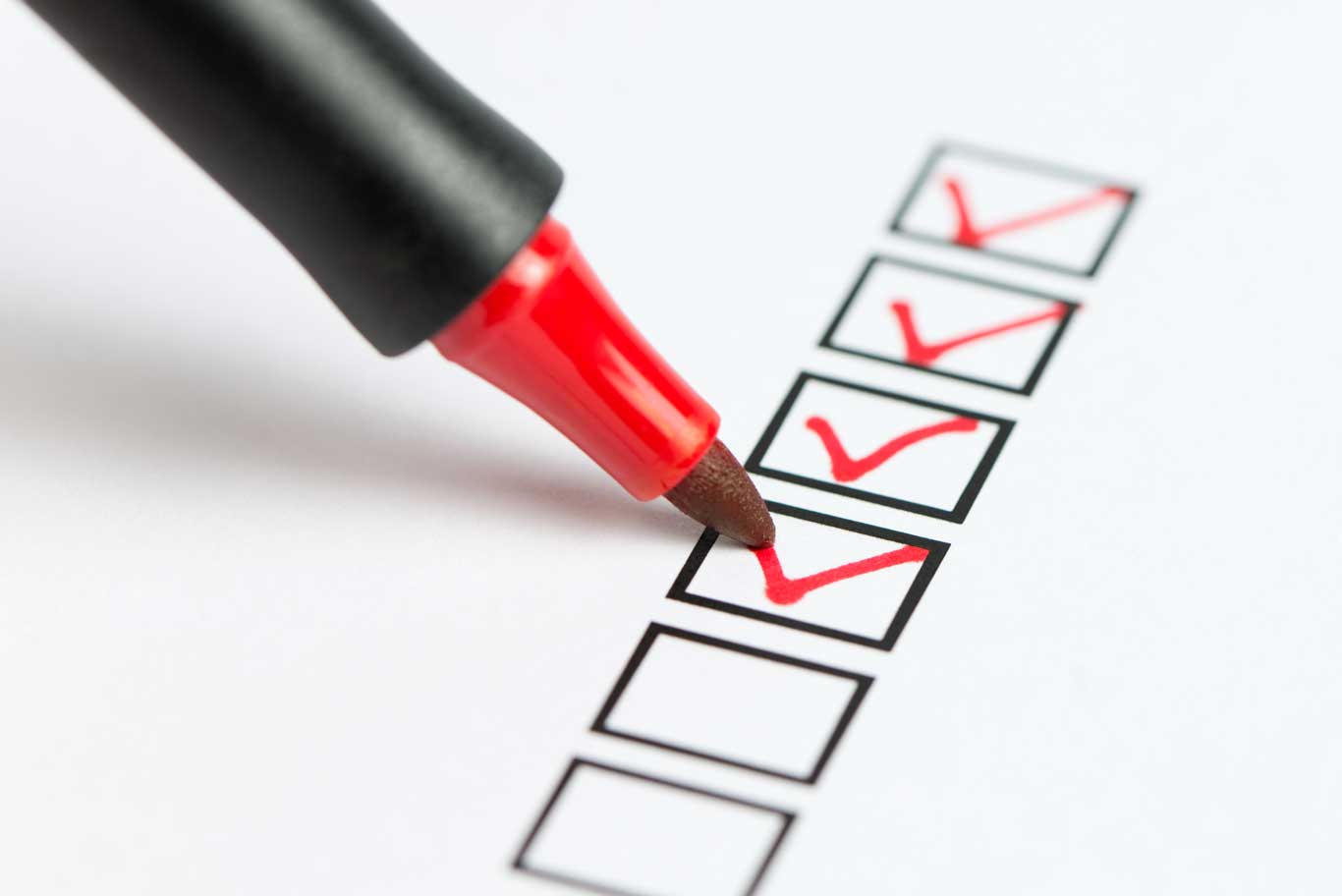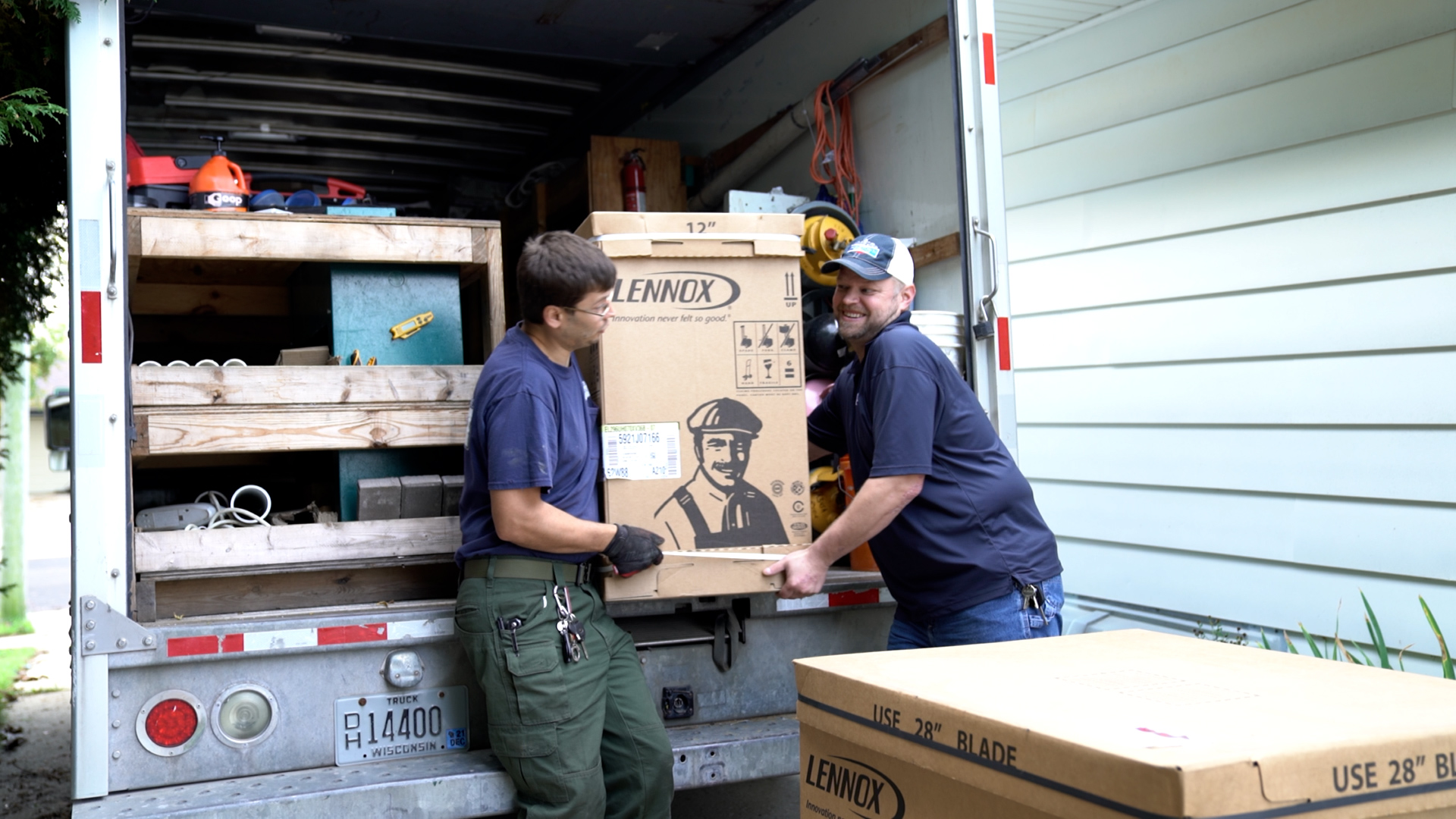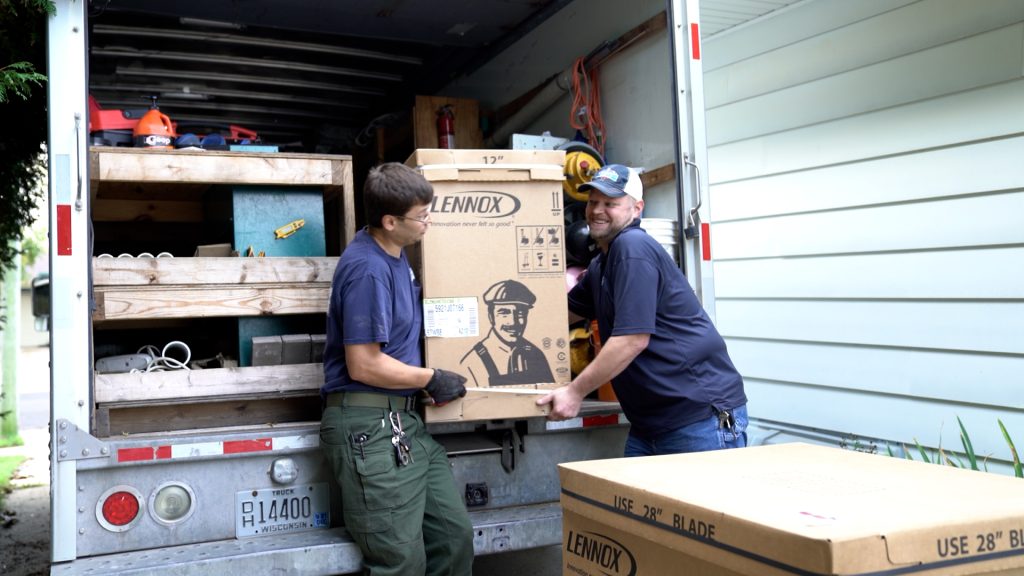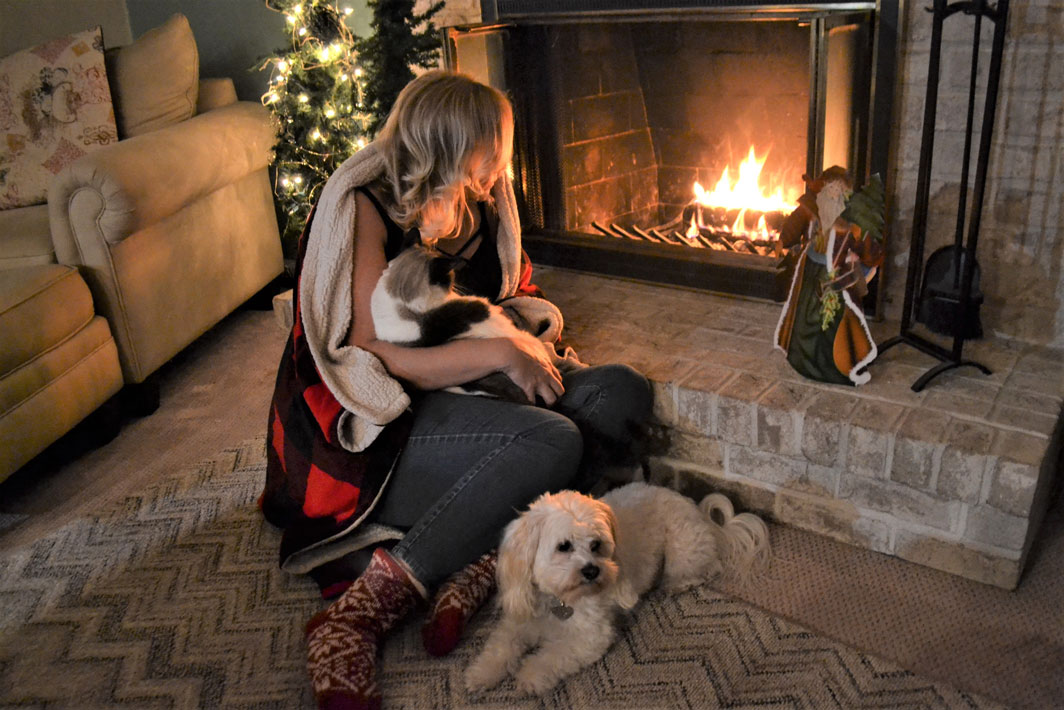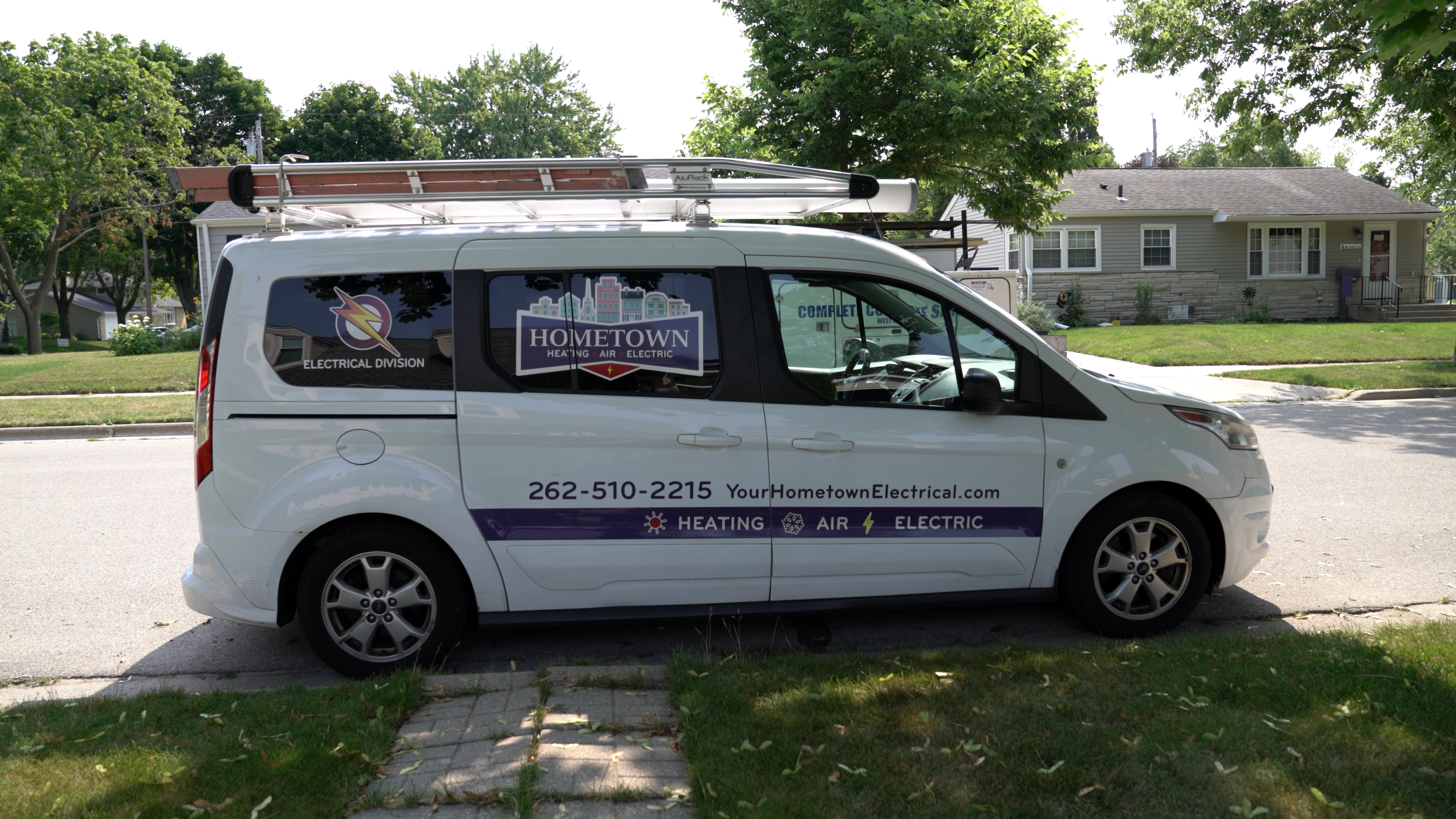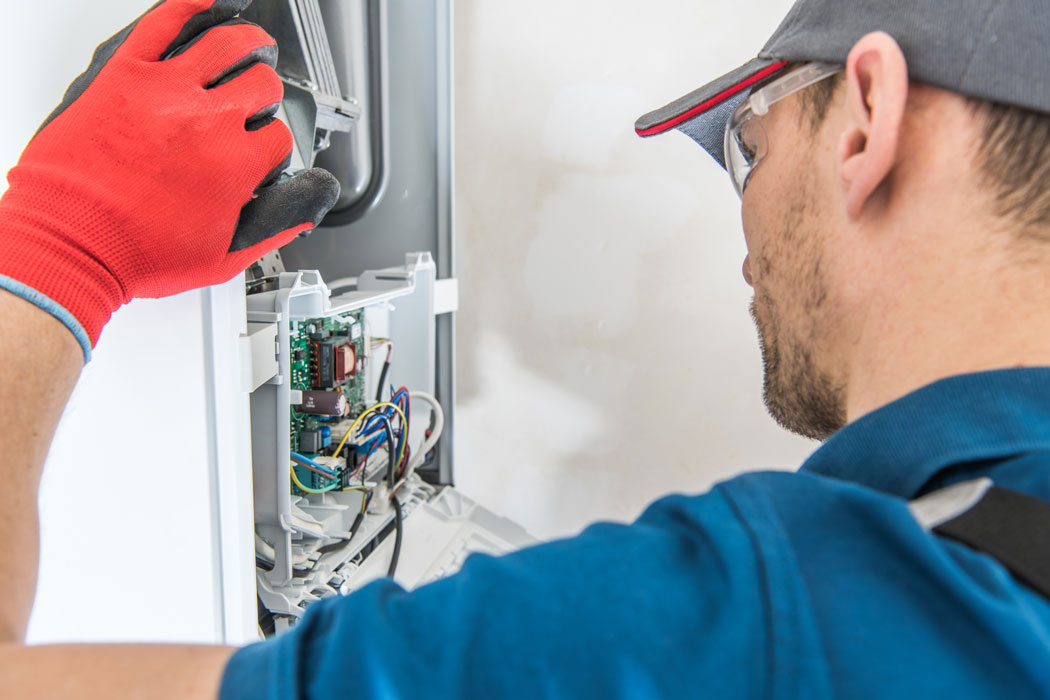With winter weather alive and well in Wisconsin, your furnace’s health becomes crucial for your family’s comfort. Annual furnace tune-ups are essential maintenance tasks that can save you money and prevent unexpected breakdowns during the coldest months.
At Hometown Heating, Air & Electric, we understand Wisconsin winters. Our experienced technicians perform comprehensive furnace tune-ups that keep your system running efficiently. Check out our current furnace maintenance special so you can protect your heating investment and enjoy peace of mind all season long.
Why Regular Furnace Tune-Ups Matter
Is it really necessary to get regular furnace maintenance? Check out a few benefits of getting a furnace tune-up below.
Extend Your System’s Lifespan
Most furnaces last 15-20 years, but regular maintenance can push that limit even further. Our technicians lubricate moving parts, evaluate belts, and clean vital components to reduce wear and tear. These simple steps can add years to your furnace’s life.
Lower Energy Bills
A well-maintained furnace runs more efficiently. During our tune-ups, we clean or replace filters, check combustion efficiency, and ensure all components work properly. This optimization helps reduce your monthly energy costs throughout the winter.
Prevent Mid-Winter Breakdowns
Nobody wants their furnace failing during a cold snap. Regular tune-ups help catch small issues before they become expensive emergencies. Our technicians thoroughly inspect your system, identifying potential problems early.
Protect Your Warranty
Many manufacturers require annual maintenance to keep their warranty valid. Skip a tune-up, and you might void your coverage. Our EPA-certified technicians provide the professional service your warranty demands.
What’s Included in Our Tune-Up Service:
- Safety control testing
- Complete system cleaning and inspection
- Electrical connection tightening
- Moving parts lubrication
- Pilot light sensor cleaning
- Belt evaluation and adjustment
As your local heating experts, we’re proud to serve the Cedarburg community and throughout southeastern Wisconsin with excellence. Our A+ BBB rating and multiple Angie’s List Super Service Awards reflect our commitment to quality service.
Don’t wait for your furnace to break down before scheduling your furnace tune-up. Our team is ready to help. Contact Hometown Heating, Air & Electric today to secure our current furnace tune-up special. Let our experienced technicians help you avoid costly repairs and ensure your family stays warm all winter long.
